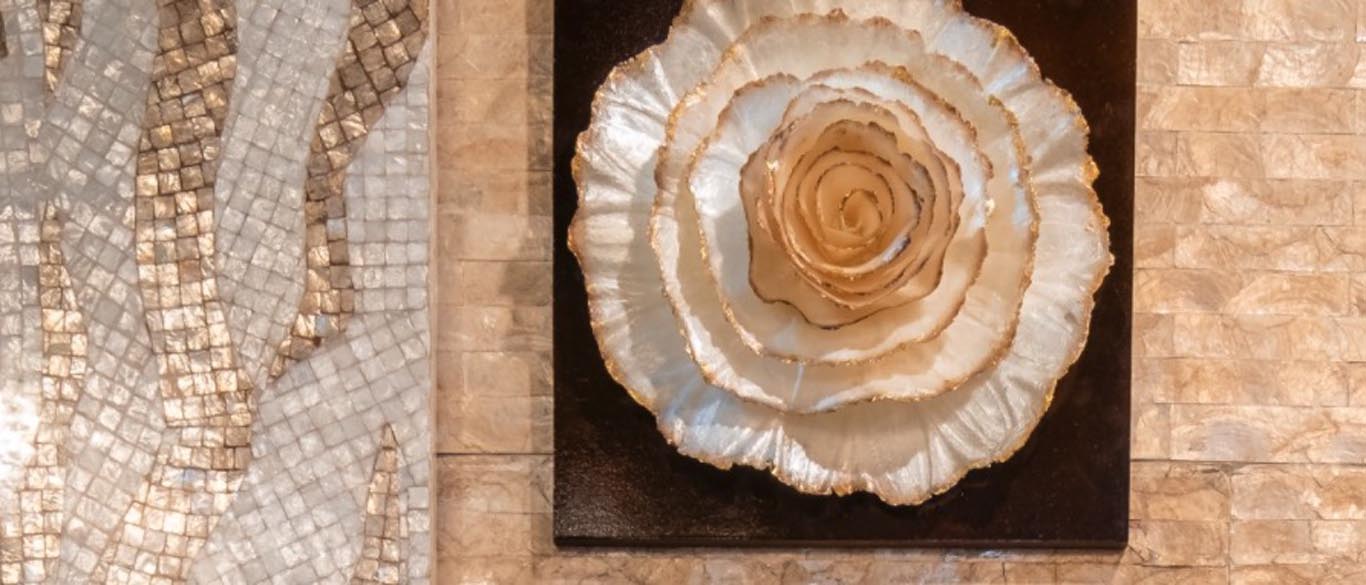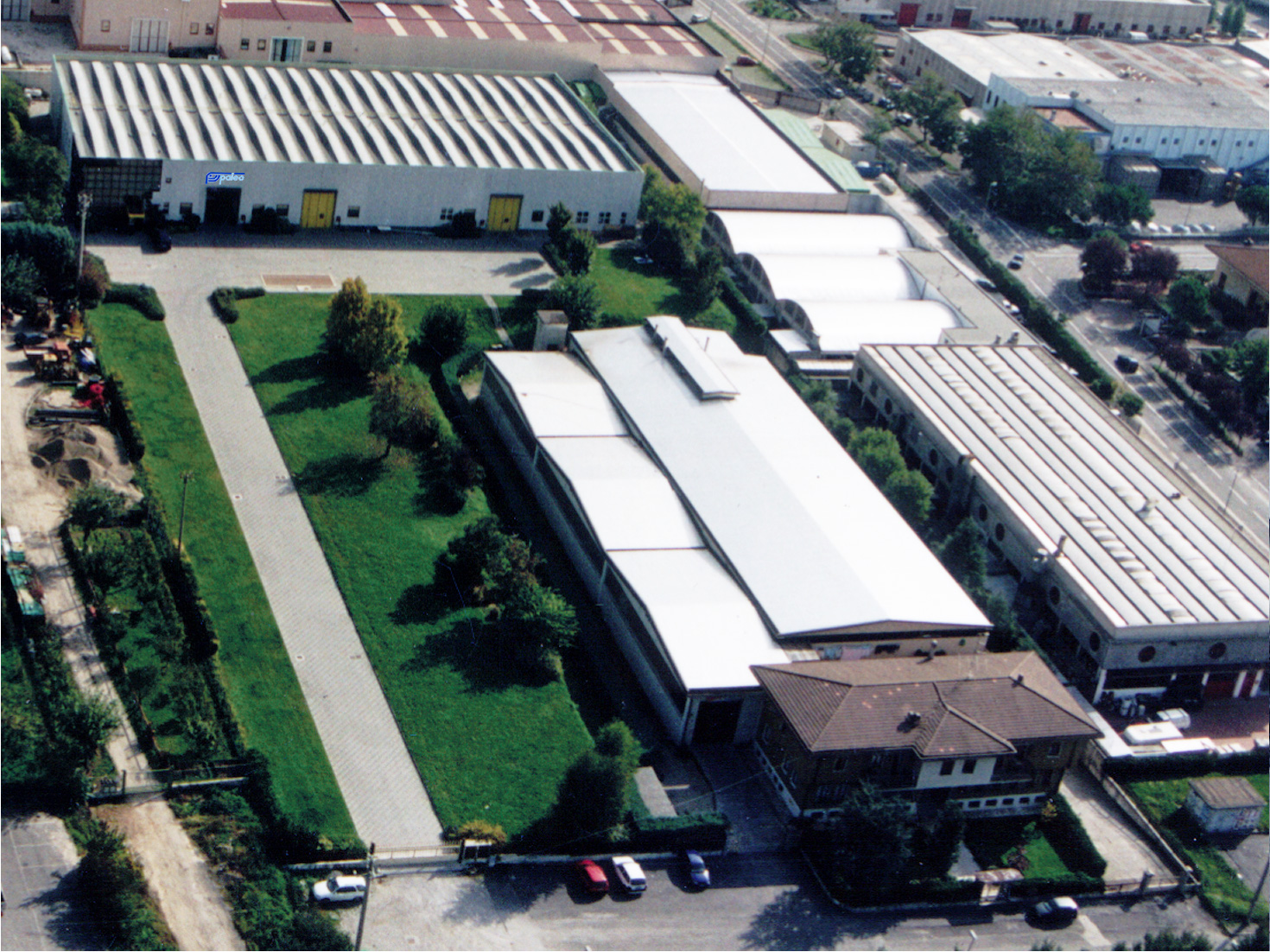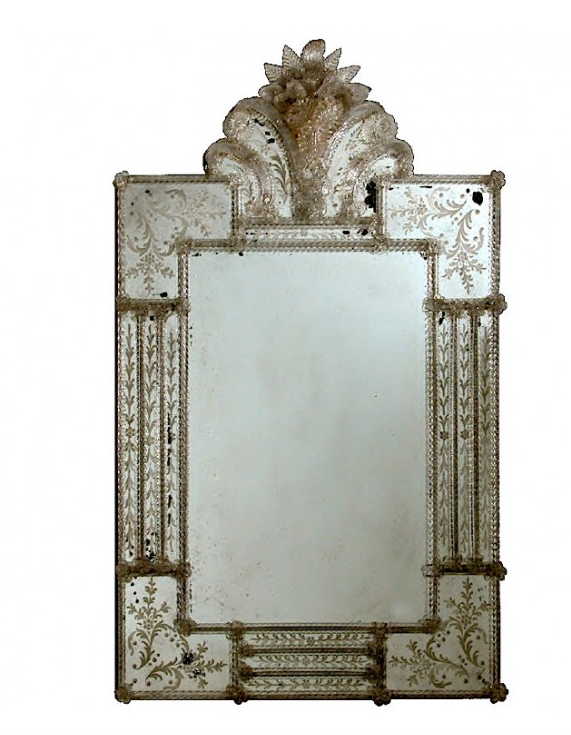A Most Curious Natural Art: The History of Shellwork

Shellwork pieces first appeared in the 17th century on boxes and caskets of the late Stuart period with decoration of rolled paper, and by the 18th century shellwork had become a popular craft often carried out by women. Shellwork represented the growing fascination with discoveries of the natural world which fueled the Age of Enlightenment. Carl Linnaeus, a Swedish botanist living in the 18th century, is known as the ‘father of modern taxidermy’ who developed the modern binomial naming system for plants and animals. His work helped spur the interest of both amateurs and professionals in collecting shells for their scientific interest. Linnaeus’ collection of shells is currently held with the Linnean Society of London.




















